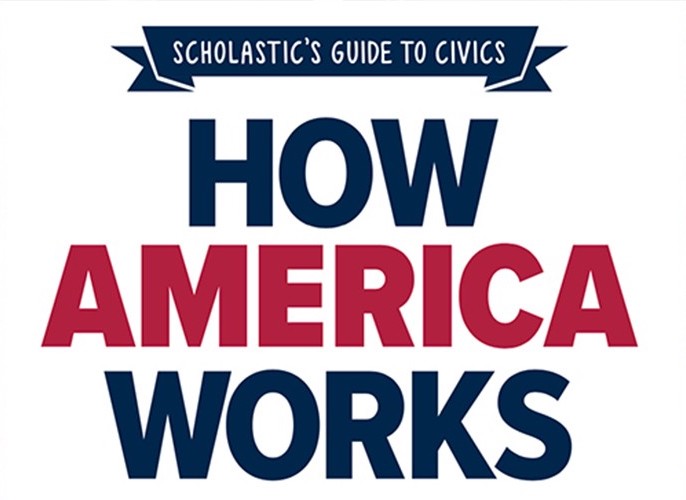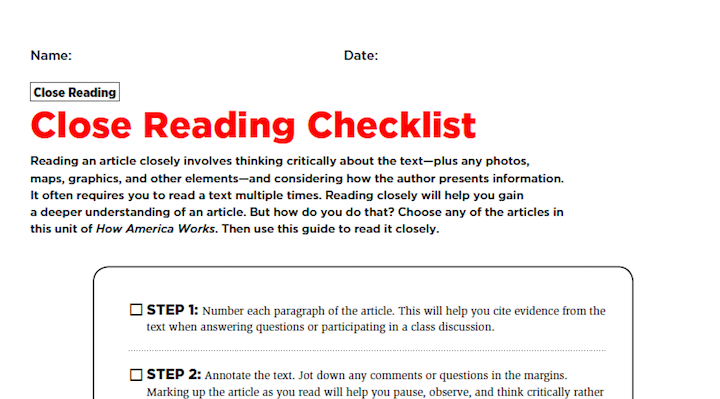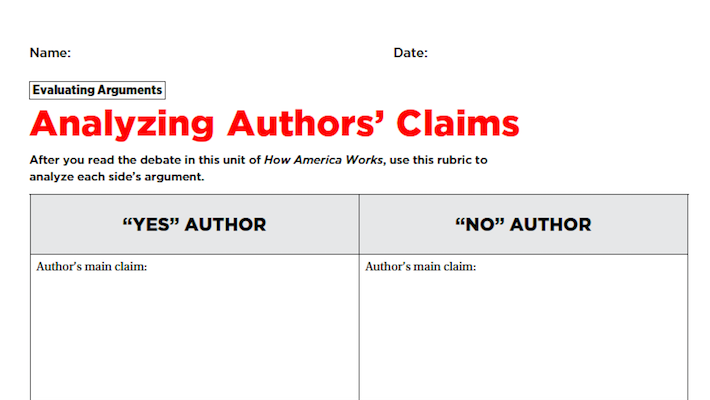Major Concepts
• Print media, online publications, and social platforms can all be valuable sources of information, but you need to make sure your sources are trustworthy.
• Many individuals, companies, and governments deliberately spread false information to confuse and mislead people, either to make money or to achieve political goals.
• Some Internet companies track everything you do online and gather data about you, in some cases without asking for your permission.
Discussion Topics
1. Where do you get your news? What makes you trust one source of information over another? Do you use different sources in different situations or for different topics?
2. Have you ever fallen for false information online? What was it? When did you realize you had been misled? Did it cause any problems for you?
3. How concerned are you about companies collecting your data? What kinds of problems could it cause for you? Does it also benefit you in some ways? Do you think companies should be able to continue their current data-collection practices, or should the government limit their ability to collect information?
4. Do you think the positive aspects of social media outweigh the negative aspects? Which social media platforms are you active on, if any? What purpose does social media serve in your life? Can you imagine life without social media?
5. Have you ever posted something online that you knew was only partly true? What were your reasons for posting it? What happened after you posted it? Did anyone notice? Did it cause any problems for you or anyone else?
Activity: Compare and Contrast
Ask each student to choose a current issue or news story and find five different sources of information about it. The sources could be well-known newspapers or magazines, in print or online, TV stations, online news sites, etc. There should be some variety in the types of sources used.
1. RESEARCH:
Have students create a chart that answers the following questions for each source:
− What is the name of the publication/source?
− What kind of publication/source is it (newspaper, magazine, blog, etc.)?
− Who seems to be the intended audience for this publication/source?
− Have you heard of the publication/source before? Does it seem to have a good reputation?
− Do the articles have bylines so you know who wrote the articles?
− How did you find the source?
2. ANALYZE & REPORT:
Students should read each of the five articles carefully and write a report that summarizes the similarities and differences among them.
Do all five sources agree on the basic facts of the story? What details do they differ on? Do some include information that others leave out? Do all five seem equally trustworthy? Do any of them seem to be promoting a specific point of view?
Videos
Fake News
What fake news is, where it comes from, and how to distinguish it from the real thing.
Fact Checking the News
Distinguishing the facts from the fakes.
Skills Library
Header image: Shutterstock.com





